Sacramento shooting suspect cut prison time in half. California Republicans want to end that
One year later, Sacramento’s deadliest mass shooting continues to shape discussions in the California Capitol. They revolve around one question: would lives have been saved if one of the suspects had served out his full prison sentence?
California voters in 2016 created the opportunity for inmates to reduce their time behind bars. They passed Proposition 57, a ballot measure intended to draw down the state’s prison population. It allowed inmates convicted of violent and nonviolent crimes to more quickly earn credits through rehabilitative programs and leave custody sooner.
The program received fresh attention in 2022. That’s because Smiley Martin — one of the suspects facing charges in the April 2022 shooting that killed six people at 10th and K streets — was able to combine these credits to cut his 10-year domestic violence sentence to about five years.
Now, lawmakers want more transparency around sentence-trimming programs. There are calls to make credit-earning records public and to gather data on outcomes for inmates who get out early after participating in rehabilitative programs. Assemblyman Joe Patterson, R-Rocklin, is pushing to reclassify some crimes as violent, making it harder for those inmates to earn early-exit credits.
He echoed the argument Republicans have been making for the past year — that the shooting could have been prevented if the suspect was still in prison.
“I don’t know what the individual in the Sacramento shooting would have done once he got out if he served his actual full term,” Patterson told The Sacramento Bee. “All I know is that, for sure, he would not have killed those six people, those particular six people, on that night.”
During the bill’s hearing in March, Assemblyman Isaac Bryan, D-Los Angeles, called Patterson’s argument “absolutely ludicrous.”
“So, what’s appropriate?” Bryan asked. “You get charged (with) domestic violence, you get sentenced to 10 years. You serve five. You come home. If 10, there would have been no shooting? Fifteen, no shooting? Twenty, no shooting?”
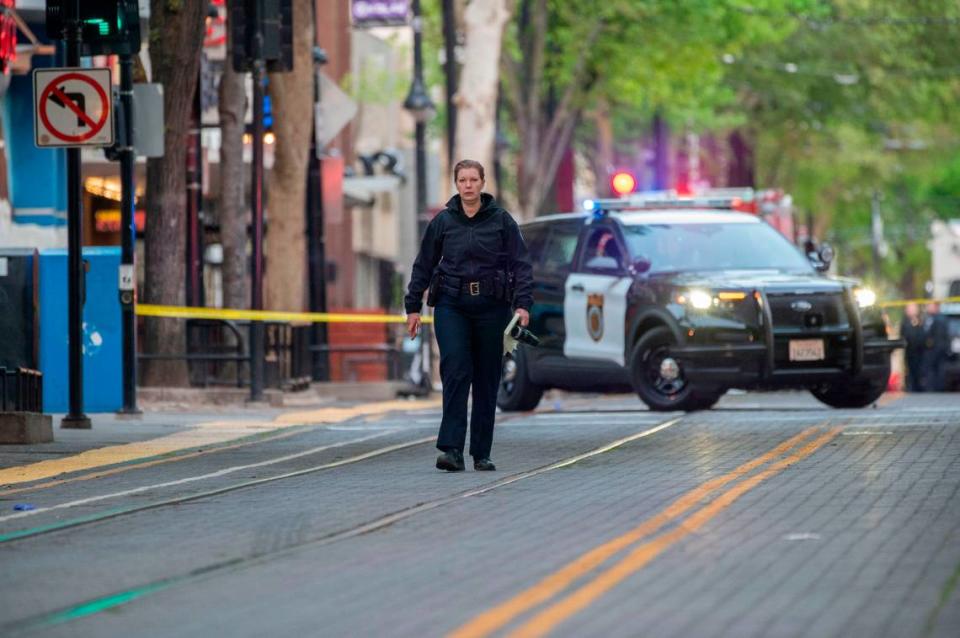
Proposition 57 and prison overcrowding
The credit-earning system that accelerated Martin’s release stems from efforts to reduce overcrowding in California prisons.
The state’s prison population increased dramatically during the 1980s and 1990s, a result of the war on drugs and new sentencing policies that kept people incarcerated longer. This included the Three Strikes Law, which requires sentences of 25 years to life in prison for those previously convicted of two serious crimes.
Another factor was the introduction of determinate sentences — meaning those that end on a date certain — which former Gov. Jerry Brown signed into law in the 1970s.
Prior to the changes initiated by Brown, more inmates received indeterminate sentences, which set an earliest-possible release date but an open-ended maximum. Sentences like 25 years-to-life gave more power to parole boards to decide when prisoners were ready for release.
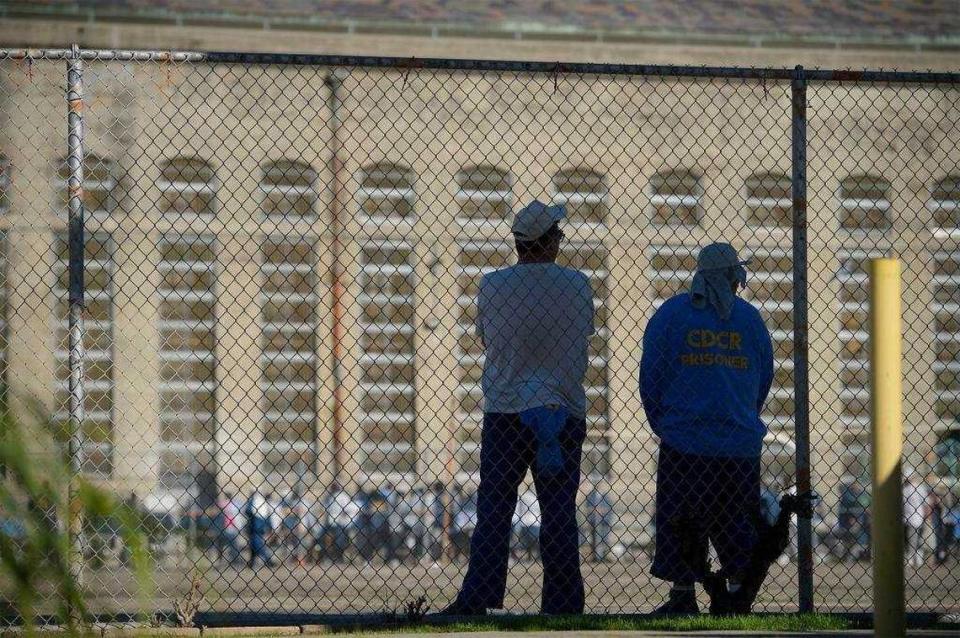
Subsequent legislation added more prison time for factors like firearm use or gang affiliation. It meant prisoners spent even longer locked up, contributing to crowded facilities. Eventually, severe overcrowding led to dangerous conditions, prompting lawsuits against the California Department of Corrections and Rehabilitation.
By 2011, the system’s population was at about 180% of design capacity. That was the year the U.S. Supreme Court upheld an order by a panel of federal judges in California to lower the number of inmates to 137.5% of capacity. It meant cutting the population by more than 30,000 prisoners, according a Legislative Analyst’s Office report.
As part of the state’s response, California voters approved Proposition 57. The measure, in combination with other legislation and early releases due to the COVID-19 pandemic, drew the inmate population down to 110.9% of capacity, or 90,934 people as of March 8, according to the Department of Corrections.
Proposition 57 allows inmates convicted of certain nonviolent crimes to appear before the parole board more quickly. The board is not required to let them out — members could still force prisoners to remain behind bars.
The measure also gives the Department of Corrections the ability to change the rate at which inmates convicted of violent and nonviolent crimes can earn credits for participating in prison programming, such as drug rehabilitation, work training or educational classes.
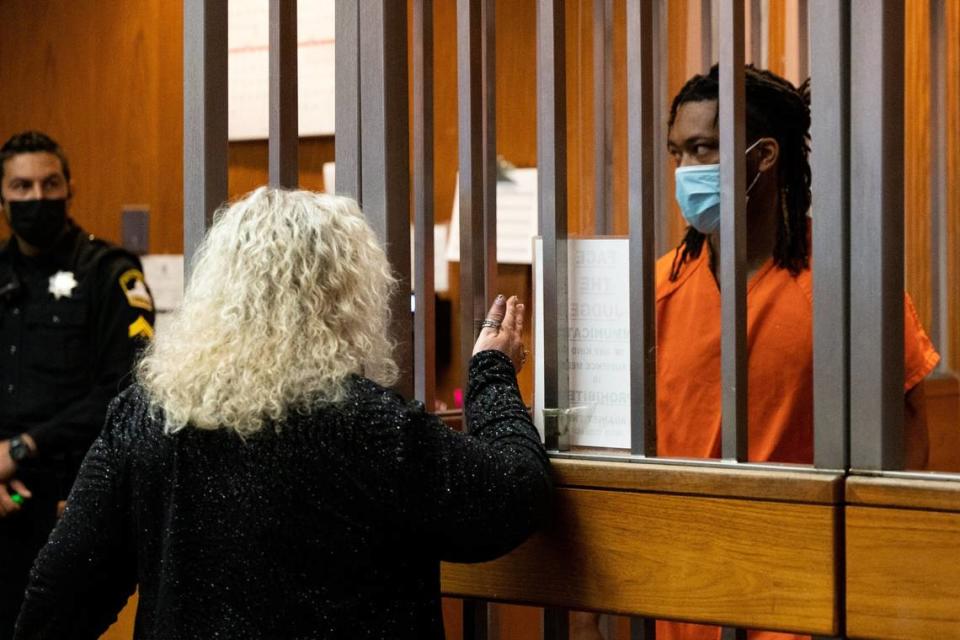
Credit-earning and violent crime
As California has changed the way it incarcerates people, Republicans have continually pushed back, citing concerns about upticks in crime and suggesting Proposition 57 needs to be amended.
The calls for change only increased after the Sacramento shooting. Sacramento Bee reporting showed Martin, one of the three suspects in the incident, received credits that allowed him to leave prison in February 2022 after serving five years for attacking his girlfriend.
Martin received some of his credits prior to sentencing, but he also earned “a variety of additional post-sentencing credits,” according to the Department of Corrections.
His case captured a major concern about Proposition 57: that it results in violent criminals being released from prison too quickly.
The Department of Corrections allows those convicted of nonviolent crimes to earn credits more quickly than those convicted of violent crimes. But domestic violence, Martin’s previous conviction, is not on California’s list of violent felonies. That means he was able to earn credits at a quicker rate.
The shooting also occurred as the Department of Corrections was in the midst of updating its credit system to allow both nonviolent and violent inmates to earn them faster.
Prisoners convicted of violent crimes can now reduce their sentences by one-third through credit-earning. Those convicted of nonviolent crimes can cut their sentences by half.
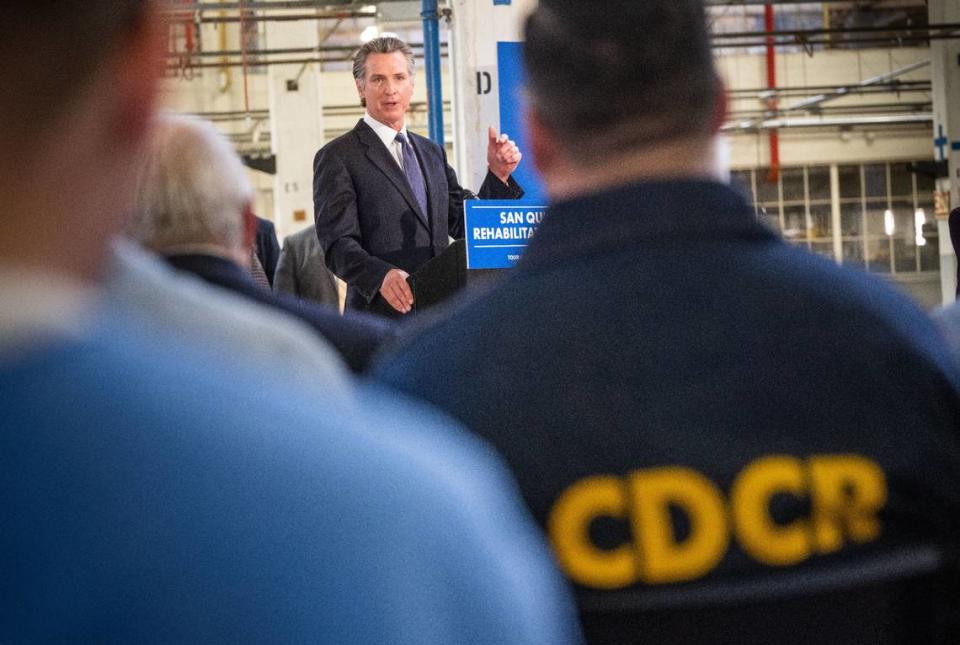
Lawmakers try to reform Proposition 57
A year later, Republicans face an uphill battle for changes that would blunt the impact of Proposition 57
Patterson’s bill would have reclassified domestic violence, rape of an unconscious person and human trafficking of a sexual nature as violent crimes. This would make it more challenging for inmates like Martin to earn credits and win early release.
It would also expand the list of offenses eligible for the state’s Three Strikes Law.
“I think a lot more crimes — human trafficking, sexual assault — are worthy of lengthier prison sentences,” Patterson said. “But that’s obviously not the will of the Legislature. So I’m trying to be reasonable and trying to find ones that are so obvious a threat to public safety, and make sure those are considered what they truly are: violent crimes.”
But Democrats are hesitant to make the state’s criminal justice system even more punitive, especially as the state closes prisons and moves to limit incarceration. Patterson’s bill ultimately failed to make it out of the Assembly Public Safety Committee.
“What you’re kind of proposing is a ‘back to the future’ kind of thing, where we did three strikes,” said Chair Reggie Jones-Sawyer, D-Los Angeles, during the March hearing. “That’s how we got to overcrowding in the prisons. That’s how we filled it with Black and brown folk.”
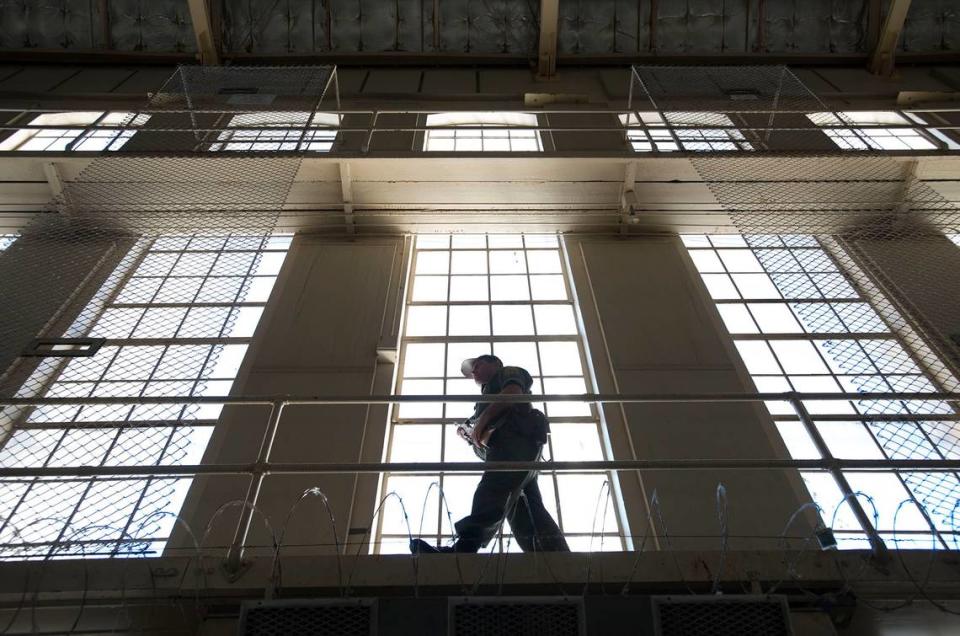
A bill from Assemblywoman Diane Dixon, R-Newport Beach, would have made Department of Corrections prisoner credits and release dates public records. Her measure also died in committee, as members expressed concerns about prisoner privacy and whether public disclosure of their records would discourage them from participating in credit-earning programs.
The committee allowed Dixon reconsideration for her bill, meaning she can try again at a subsequent hearing. She intends to rework it with committee suggestions.
“Anytime there’s no transparency, one looks to why?” Dixon said. “What are they trying to hide? What do they not want to disclose? And if an inmate is participating in all the necessary rehabilitative programs, great. Let’s know, so when these people enter our communities, we know that they are rehabilitated according to CDCR.”
One Democrat, Sen. Tom Umberg of Santa Ana, has authored a bill to gather data on recidivism rates and Proposition 57 credit earning. His goal is to understand how the state could create more positive post-prison outcomes.
“My hypothesis is that virtually everybody who goes to prison is going to get out of prison,” Umberg said. “So we need to do a good job in prison creating an environment and incentives for folks not to recidivate.”

